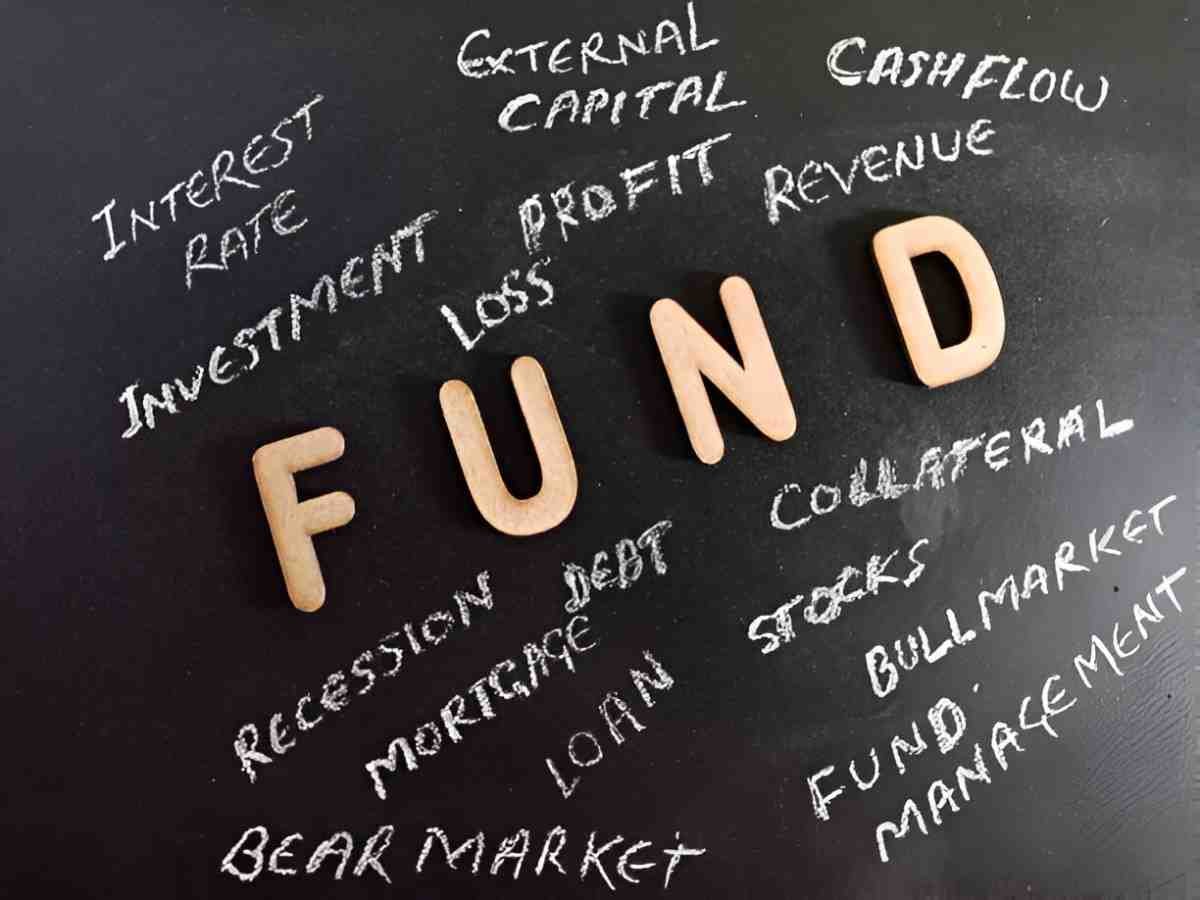As a finance expert, I know mutual funds can seem complex. The jargon alone intimidates many investors. But understanding mutual fund terminology helps you make informed decisions. In this guide, I break down all the essential terms, explain how they work, and show you why they matter.
Table of Contents
1. Basic Mutual Fund Terms
Net Asset Value (NAV)
The NAV represents the per-share value of a mutual fund. It’s calculated as:
NAV = \frac{Total\ Assets - Total\ Liabilities}{Number\ of\ Outstanding\ Shares}For example, if a fund has $100 million in assets, $5 million in liabilities, and 10 million shares outstanding:
NAV = \frac{100,000,000 - 5,000,000}{10,000,000} = \$9.50NAV updates at the end of each trading day. Unlike stocks, mutual funds don’t trade intraday at fluctuating prices.
Expense Ratio
This is the annual fee charged by the fund to cover management and operational costs. If a fund has a 1% expense ratio, you pay $10 annually for every $1,000 invested.
| Expense Ratio | Cost per $10,000 Investment |
|---|---|
| 0.10% | $10 |
| 0.50% | $50 |
| 1.00% | $100 |
Lower expense ratios mean more money stays invested. Index funds often have expense ratios below 0.10%, while actively managed funds may charge 1% or more.
Load vs. No-Load Funds
- Front-End Load: A sales charge when you buy shares (e.g., 5% of investment).
- Back-End Load (Deferred Sales Charge): A fee when you sell shares.
- No-Load Funds: No sales charges, making them cost-effective.
2. Types of Mutual Funds
Equity Funds
These invest primarily in stocks. Subcategories include:
- Large-Cap Funds (e.g., S&P 500 companies)
- Small-Cap Funds (higher growth potential, higher risk)
- Sector Funds (focused on industries like tech or healthcare)
Fixed-Income Funds
Invest in bonds and debt securities. Examples:
- Government Bond Funds (low risk, Treasury securities)
- Corporate Bond Funds (higher yields, higher risk)
Money Market Funds
Short-term, low-risk investments in Treasury bills and commercial paper.
Index Funds vs. Actively Managed Funds
| Feature | Index Funds | Actively Managed Funds |
|---|---|---|
| Management Style | Passive (tracks an index) | Active (manager picks stocks) |
| Expense Ratio | Low (0.02% – 0.20%) | High (0.50% – 1.50%) |
| Tax Efficiency | High (fewer transactions) | Low (more capital gains) |
| Performance | Matches the market | Varies by manager skill |
3. Risk and Return Metrics
Standard Deviation
Measures volatility. A higher standard deviation means higher risk.
\sigma = \sqrt{\frac{1}{N} \sum_{i=1}^{N} (R_i - \overline{R})^2}Where:
- \sigma = Standard deviation
- R_i = Individual return
- \overline{R} = Average return
Sharpe Ratio
Evaluates risk-adjusted returns.
Sharpe\ Ratio = \frac{R_p - R_f}{\sigma_p}Where:
- R_p = Portfolio return
- R_f = Risk-free rate (e.g., Treasury yield)
- \sigma_p = Portfolio standard deviation
A Sharpe ratio above 1 is good; above 2 is excellent.
Beta
Measures a fund’s sensitivity to market movements.
- Beta = 1: Moves with the market
- Beta > 1: More volatile than the market
- Beta < 1: Less volatile than the market
4. Tax Considerations
Capital Gains Distributions
Mutual funds pass on capital gains to investors, which are taxable. There are two types:
- Short-Term Gains (taxed as ordinary income)
- Long-Term Gains (lower tax rate, held over a year)
Dividend Reinvestment
Many funds offer automatic dividend reinvestment (DRIP), compounding returns over time.
5. Fees and Charges
12b-1 Fees
Marketing and distribution fees (up to 1% annually). Some funds charge these; others don’t.
Redemption Fees
A penalty for selling shares too quickly (e.g., within 90 days).
6. Performance Benchmarks
Funds compare returns to benchmarks like:
- S&P 500 (for U.S. large-cap funds)
- Russell 2000 (for small-cap funds)
- Bloomberg Barclays U.S. Aggregate Bond Index (for bond funds)
Final Thoughts
Understanding mutual fund terms helps you choose the right investments. Look for low fees, strong historical performance, and alignment with your risk tolerance. If you’re unsure, consult a financial advisor.





